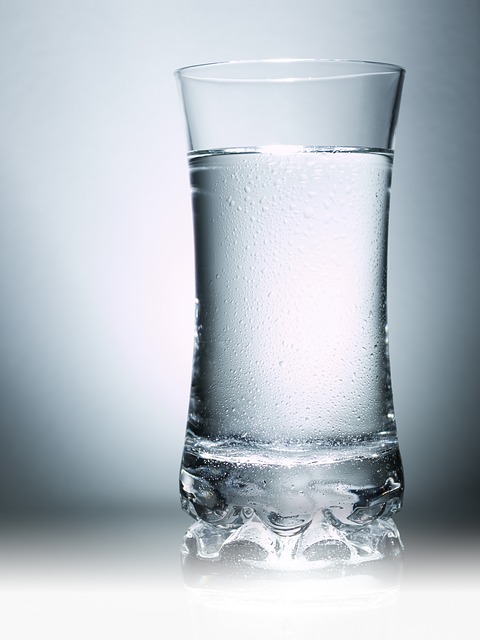| 10 minutes maximum! Can you do it in 5? | ||
Q1-4. These questions are about sugar water: |
 |
|
1. When sugar dissolves in warm water, the water is called..
|
||
2. Sugar dissolves in water easily. This process is..
|
||
3. The sugar can be recovered from the water by..
|
||
4. Which of these sentences best describes if sugar water is a pure or impure substance?
|
||
5. Some water in a container used for camping is found to have some sand and other dirt particles in it. What is the simplest method to remove these insoluble particles?
|
 |
|
6-8. Some red food colouring is added to a beaker containing hot water. The red colour slowly spreads throughout the water as shown here:
|
||
6. What is the name given to this process?
|
||
7. How does this process happen?
|
||
8. Complete the following sentence: |
||
If the water is cooler, the red colour will spread . |
||
9-10. The image shows some inks separating out as water spreads upwards through some filter paper: Key:
|
 |
|
9. What is the name given to this process of separating chemicals?
|
||
10. Why is pencil used as the bottom line?
|
||